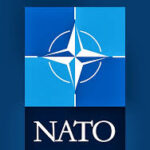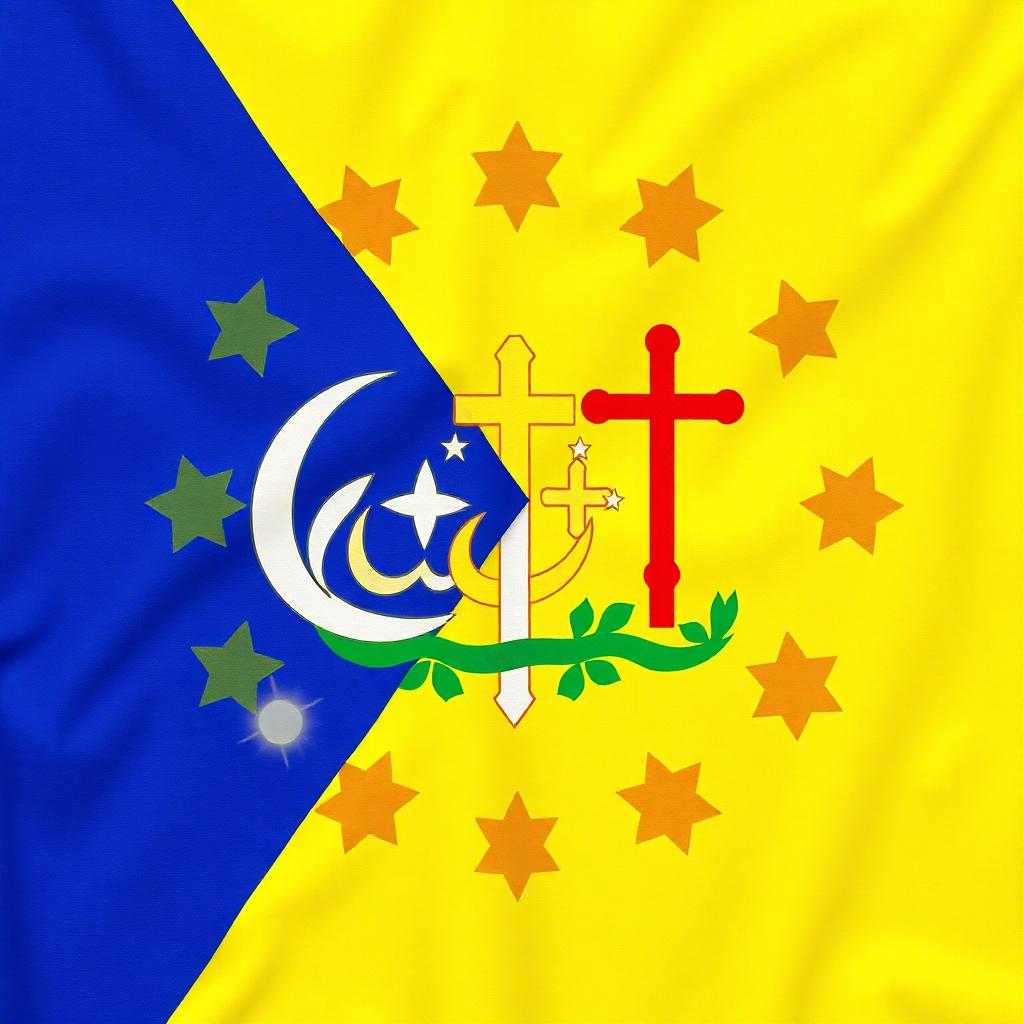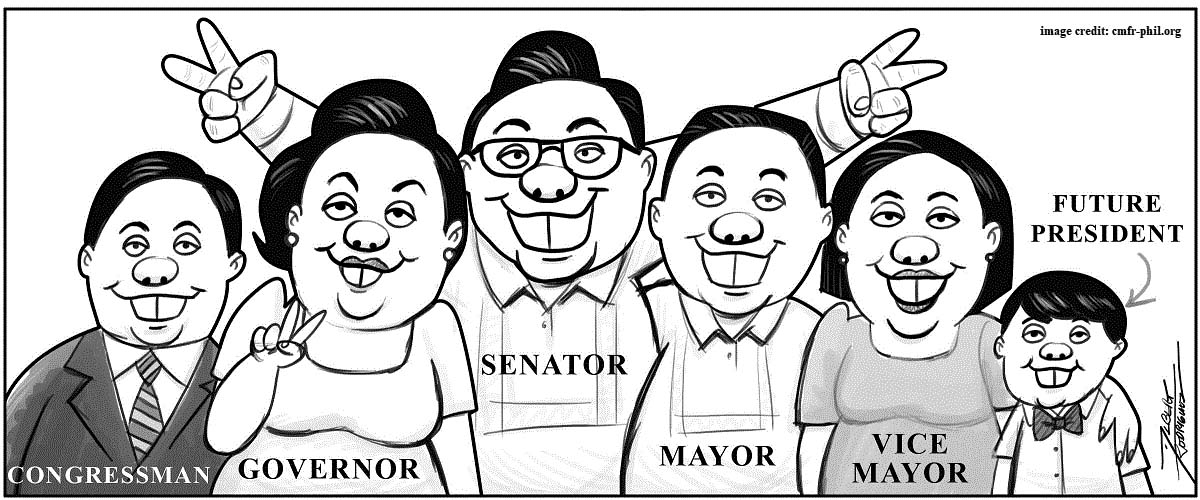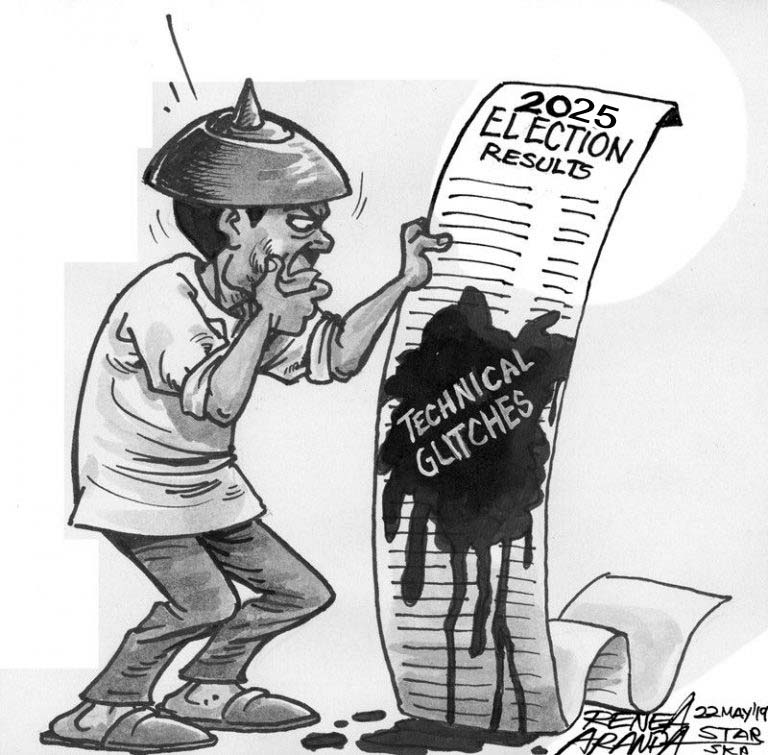Sheilla Cajayon Ysug – Lee, R.N.
As the Philippines, a predominantly Catholic nation, observes Holy
Week 2025, Filipinos from all walks of life are once again called to
reflect on the significance of this sacred period. From Palm Sunday to Easter Sunday, the country comes together to commemorate the passion, death, and resurrection of Jesus Christ. This editorial aims to explore the importance of Holy Week in the Philippines, highlighting its cultural and spiritual impact on the nation.
Holy Week is a time-honored tradition in the Philippines, with roots dating back to the Spanish colonial era. The week-long celebration is marked by various rituals, processions, and events that showcase the country’s deep devotion to its faith. From the solemn reenactments of the Stations of the Cross to the vibrant street performances of the “Sinakulo” (a traditional Filipino play depicting the life, passion, and death of Christ), Filipinos demonstrate their unwavering commitment to their Christian heritage.
One of the most distinctive aspects of Holy Week in the Philippines is the “Visita Iglesia” (Church Visit), where devotees visit seven churches to pray and reflect on the Stations of the Cross. This age-old tradition not only fosters a sense of community but also serves as a reminder of the importance of spirituality in our lives. Furthermore, the “Salubong” (a ritual reenactment of the meeting between the Risen Christ and his mother, the Virgin Mary) on Easter Sunday morning is a poignant reminder of the triumph of life over death and the promise of eternal salvation.
Holy Week 2025 also serves as an opportunity for Filipinos to reflect on the values that underpin their faith. In a world beset by challenges and uncertainties, the lessons of Holy Week – compassion, forgiveness, and selflessness – are more relevant than ever. As the country navigates the complexities of modern life, it is essential to hold on to these timeless values, which have been the bedrock of Philippine society for centuries.
Moreover, Holy Week is a significant boost to the country’s tourism industry, with thousands of local and foreign tourists flocking to popular pilgrimage sites such as the Quiapo Church in Manila, the Our Lady of Peñafrancia Shrine in Naga, and the Kalibo Cathedral in Aklan. The influx of visitors not only generates revenue but also provides a unique opportunity for cultural exchange and understanding.
As the Philippines observes Holy Week 2025, it is essential to remember that the true spirit of this celebration goes beyond the rituals and traditions. It is about embodying the values of faith, hope, and charity in our daily lives. It is about being a beacon of light in a world filled with darkness and despair. As Filipinos come together to commemorate the passion and resurrection of Christ, may we also be inspired to become instruments of peace, love, and reconciliation in our own communities.
Holy Week 2025 in the Philippines is a time for reflection, devotion, and celebration. As the country navigates the complexities of modern life, it is essential to hold on to the timeless values and traditions that have shaped our nation. May this sacred period bring us closer to our faith, to each other, and to the values that make us truly Filipino.















